Home>Gardening & Outdoor>Outdoor Structures>How Far Can A Retractable Awning Extend
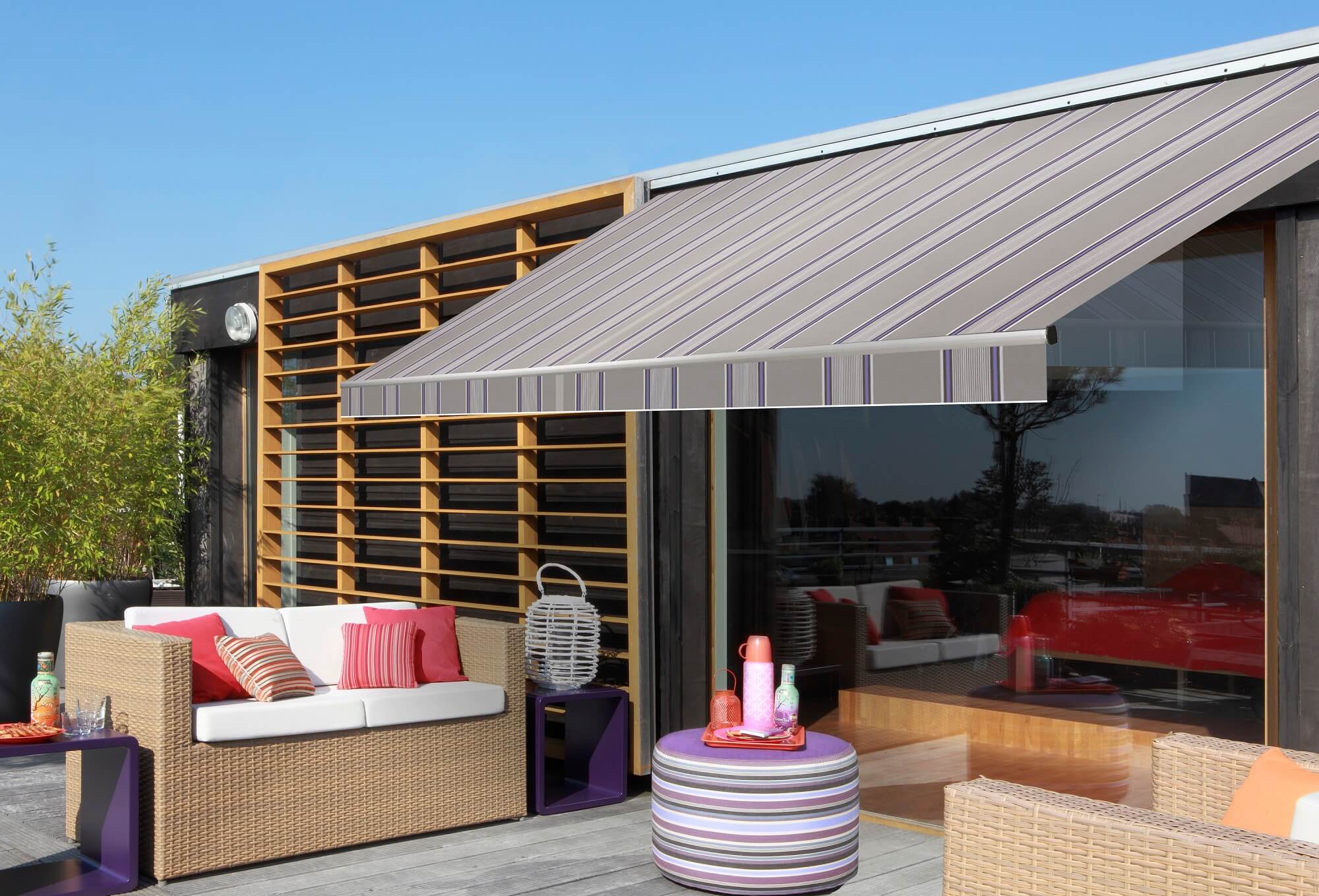

Outdoor Structures
How Far Can A Retractable Awning Extend
Modified: April 1, 2024
Discover the maximum extension of retractable awnings for outdoor structures. Learn how far they can extend and enhance your outdoor space.
(Many of the links in this article redirect to a specific reviewed product. Your purchase of these products through affiliate links helps to generate commission for Storables.com, at no extra cost. Learn more)
**
Introduction
**
When it comes to outdoor living spaces, retractable awnings have become a popular choice for homeowners seeking to optimize their comfort and enjoyment. These versatile structures offer a perfect blend of style and functionality, providing shade and protection from the elements while seamlessly integrating with the architectural aesthetics of a property. One of the key considerations for individuals contemplating the installation of a retractable awning is the extent to which it can be extended. Understanding the factors that influence the extension capabilities, standard lengths available, customization options, and engineering considerations is essential for making an informed decision. In this article, we will delve into these aspects to provide a comprehensive understanding of how far a retractable awning can extend and the various considerations associated with its extension.
Retractable awnings are designed to enhance outdoor spaces, offering a versatile solution for creating comfortable and inviting environments. Whether it's to provide shade for a sunny patio, shelter from light rain, or protection against harmful UV rays, these awnings serve as a flexible shield against the elements. The ability to extend the awning to a desired length plays a crucial role in determining the practicality and effectiveness of this outdoor structure. Let's explore the factors that influence the extension capabilities of retractable awnings, the standard lengths available, customization options, and the engineering and safety considerations that come into play. By gaining insight into these aspects, homeowners and outdoor enthusiasts can make informed decisions when considering the installation of a retractable awning to elevate their outdoor living experience.
**
Key Takeaways:
- Retractable awnings offer versatile shading solutions for outdoor spaces, with extension lengths ranging from 8 to 20 feet, catering to various outdoor configurations and seamlessly integrating with property aesthetics.
- Customization options empower homeowners to tailor retractable awnings to their unique style and functional needs, allowing for personalized shading and protection solutions that enhance outdoor living spaces.
Read more: What Is A Retractable Awning
Factors Affecting Extension
**
The extension capabilities of a retractable awning are influenced by several key factors that determine the range and practicality of its reach. Understanding these factors is essential for homeowners and outdoor enthusiasts who are contemplating the installation of a retractable awning to enhance their outdoor living spaces.
- Size and Design: The size and design of the awning play a pivotal role in determining its extension capabilities. Larger awnings with wider spans may have limitations on how far they can extend without compromising structural integrity. Additionally, the design of the awning, including its frame and support system, can impact the maximum extension length.
- Mechanism and Technology: The mechanism used to extend and retract the awning, as well as the technological features incorporated into its design, significantly influence its extension capabilities. Advanced motorized systems and innovative components can enhance the range of extension while ensuring smooth and reliable operation.
- Material and Fabric Quality: The quality and durability of the awning’s fabric and materials are critical factors in determining its extension capabilities. High-quality, weather-resistant fabrics and robust materials contribute to the awning’s ability to extend to optimal lengths while maintaining structural integrity and longevity.
- Wind and Weather Conditions: Environmental factors such as wind and weather conditions play a crucial role in determining the safe and practical extension of a retractable awning. Awnings are designed to provide shade and protection, and their extension capabilities are influenced by the need to withstand varying weather conditions without compromising safety and functionality.
- Installation and Support Structure: The installation and support structure of the awning, including the mounting surface, brackets, and associated hardware, impact its extension capabilities. Proper installation and robust support systems are essential for enabling the awning to extend to its full potential while ensuring stability and safety.
By considering these factors, homeowners can gain valuable insight into the extension capabilities of retractable awnings and make informed decisions based on their specific outdoor living needs and preferences. Whether it’s maximizing shade coverage, creating versatile outdoor spaces, or adapting to changing weather conditions, understanding the factors that influence extension is crucial for optimizing the functionality and practicality of retractable awnings.
**
Standard Extension Lengths
**
Retractable awnings are available in a range of standard extension lengths, offering homeowners and outdoor enthusiasts flexibility in choosing the dimensions that best suit their outdoor living spaces. Understanding the standard extension lengths available for retractable awnings is essential for making informed decisions when considering the installation of these versatile outdoor structures.
Standard extension lengths for retractable awnings typically range from 8 feet to 20 feet, providing a broad spectrum of options to accommodate various outdoor settings and preferences. These standardized lengths cater to a wide array of patio sizes, deck configurations, and outdoor areas, allowing homeowners to select an awning that aligns with their specific shading and coverage requirements.
When exploring the standard extension lengths of retractable awnings, it’s important to consider the following key points:
- Versatility and Coverage: Standard extension lengths offer versatility in providing ample coverage for outdoor living spaces, allowing homeowners to create shaded areas that enhance comfort and usability. Whether it’s extending the awning over a dining area, lounge space, or outdoor kitchen, the standardized lengths cater to diverse outdoor configurations.
- Aesthetic Integration: Standard extension lengths are designed to seamlessly integrate with the architectural aesthetics of residential properties, ensuring that the awning complements the overall design while offering practical shading solutions. The standardized lengths contribute to a cohesive and visually appealing outdoor environment.
- Functional Adaptability: Standard extension lengths cater to a variety of functional needs, from providing shade for leisure activities to offering protection from the elements during outdoor gatherings and events. The standardized options enable homeowners to adapt their outdoor spaces to different purposes and occasions with ease.
- Ease of Installation: Standard extension lengths streamline the installation process, making it convenient for homeowners to select an awning that aligns with their outdoor space without the need for extensive customization. This simplifies the decision-making process and facilitates efficient installation.
By understanding the standard extension lengths available for retractable awnings, homeowners can explore a diverse range of options to enhance their outdoor living experiences. Whether it’s creating a comfortable retreat on a sunny day or seeking shelter from light rain, the standardized lengths provide a practical and versatile solution for optimizing outdoor spaces.
**
When considering how far a retractable awning can extend, it’s important to check the specific model’s specifications. Generally, most retractable awnings can extend anywhere from 8 to 14 feet, but it’s best to consult the manufacturer’s guidelines for the exact measurement.
Customization Options
**
Customization plays a significant role in tailoring retractable awnings to meet the specific needs and preferences of homeowners, allowing for personalized solutions that enhance outdoor living spaces. Understanding the customization options available for retractable awnings is essential for individuals seeking to create bespoke shading and protection solutions that align with their unique outdoor environments.
When considering customization options for retractable awnings, homeowners can explore the following aspects to create tailored solutions:
- Extension Length: Customization options allow homeowners to specify the desired extension length of the awning to precisely match the dimensions of their outdoor space. This flexibility enables the creation of a shading solution that optimally covers the intended area, providing tailored coverage and comfort.
- Fabric Selection: Customization extends to the selection of fabrics, offering a variety of colors, patterns, and material properties to suit individual style preferences and functional requirements. High-quality, weather-resistant fabrics provide durability and aesthetic appeal, allowing homeowners to personalize the visual impact of their awnings.
- Motorization and Control: Advanced customization options include motorized systems with remote control functionality, enabling convenient operation and effortless adjustment of the awning’s extension. Motorization enhances user experience and offers seamless integration of technology into outdoor living spaces.
- Accessories and Features: Customization options encompass a range of accessories and features, such as wind sensors, lighting elements, and additional protection enhancements, allowing homeowners to tailor the awning’s functionality to their specific needs and environmental conditions.
- Frame and Hardware Finishes: Customization extends to the finishes and materials used for the awning’s frame and associated hardware, providing options to complement existing architectural elements and outdoor decor. This customization aspect contributes to the cohesive integration of the awning with the overall aesthetic of the property.
By leveraging customization options, homeowners can create retractable awnings that not only deliver practical shading and protection but also reflect their individual style, preferences, and functional requirements. The ability to tailor extension lengths, fabric selections, motorization features, accessories, and finishes empowers homeowners to curate outdoor spaces that embody their unique vision and enhance their outdoor living experiences.
**
Engineering and Safety Considerations
**
When it comes to the installation and operation of retractable awnings, engineering and safety considerations are paramount in ensuring optimal functionality, structural integrity, and user protection. Understanding the engineering aspects and safety considerations associated with retractable awnings is crucial for homeowners and outdoor enthusiasts seeking to create safe, reliable, and durable shading solutions for their outdoor living spaces.
The following engineering and safety considerations are essential when installing and utilizing retractable awnings:
- Structural Integrity: The structural design and engineering of retractable awnings are critical for ensuring stability, load-bearing capacity, and resistance to environmental factors. Proper engineering considerations contribute to the awning’s ability to extend to specified lengths while maintaining structural integrity and withstanding varying weather conditions.
- Material Durability: The selection of high-quality materials, including fabrics, frame components, and hardware, is essential for ensuring the durability and longevity of retractable awnings. Engineering considerations encompass material properties that contribute to weather resistance, UV protection, and overall performance under outdoor conditions.
- Mechanical Systems: The engineering of mechanical systems, including extension mechanisms, motorization components, and control systems, is fundamental for reliable and safe operation. Properly engineered mechanical systems ensure smooth and precise extension and retraction of the awning, enhancing user experience and longevity.
- Wind Resistance: Engineering retractable awnings to withstand wind loads and gusts is crucial for ensuring safety and preventing potential damage. Wind resistance considerations encompass design features, material selection, and installation methods that mitigate the impact of wind on the extended awning.
- Safety Features: Incorporating safety features such as wind sensors, automatic retraction capabilities, and robust anchoring systems enhances the overall safety of retractable awnings. Engineering considerations focus on implementing features that prioritize user safety and protect the awning from adverse weather conditions.
By prioritizing engineering and safety considerations, homeowners can ensure that their retractable awnings are installed and operated with the highest standards of safety, functionality, and durability. Collaborating with experienced professionals and adhering to industry best practices in engineering and safety measures is essential for creating outdoor environments that offer reliable and secure shading solutions.
**
Read more: What Is The Best Retractable Awning
Conclusion
**
Retractable awnings offer a versatile and stylish solution for enhancing outdoor living spaces, providing shade, protection, and aesthetic appeal. Understanding the extension capabilities, standard lengths, customization options, and engineering considerations associated with retractable awnings is essential for homeowners and outdoor enthusiasts seeking to optimize their outdoor environments.
By exploring the factors that influence extension, homeowners can make informed decisions when selecting retractable awnings that align with their specific shading and coverage needs. The size and design, mechanism and technology, material quality, and environmental considerations play pivotal roles in determining the practicality and range of extension for these versatile outdoor structures.
Standard extension lengths cater to a diverse range of outdoor settings, offering homeowners flexibility in creating shaded areas that enhance comfort and usability. The standardized lengths provide practical and versatile solutions for a variety of outdoor configurations, seamlessly integrating with the architectural aesthetics of residential properties.
Customization options empower homeowners to tailor retractable awnings to their individual style preferences and functional requirements, allowing for personalized shading and protection solutions that enhance outdoor living spaces. From extension lengths and fabric selections to motorization features and accessories, customization options enable the creation of bespoke solutions that reflect unique outdoor environments.
Engineering and safety considerations are paramount in ensuring the optimal functionality, structural integrity, and user protection of retractable awnings. Prioritizing structural integrity, material durability, mechanical systems, wind resistance, and safety features contributes to the reliable and secure operation of retractable awnings, enhancing user experience and longevity.
In conclusion, the extension capabilities of retractable awnings are influenced by a combination of design, technology, material quality, and safety considerations. By gaining insight into these aspects, homeowners can create outdoor environments that offer practical, stylish, and reliable shading solutions, elevating their outdoor living experiences while complementing the architectural aesthetics of their properties.
Frequently Asked Questions about How Far Can A Retractable Awning Extend
Was this page helpful?
At Storables.com, we guarantee accurate and reliable information. Our content, validated by Expert Board Contributors, is crafted following stringent Editorial Policies. We're committed to providing you with well-researched, expert-backed insights for all your informational needs.
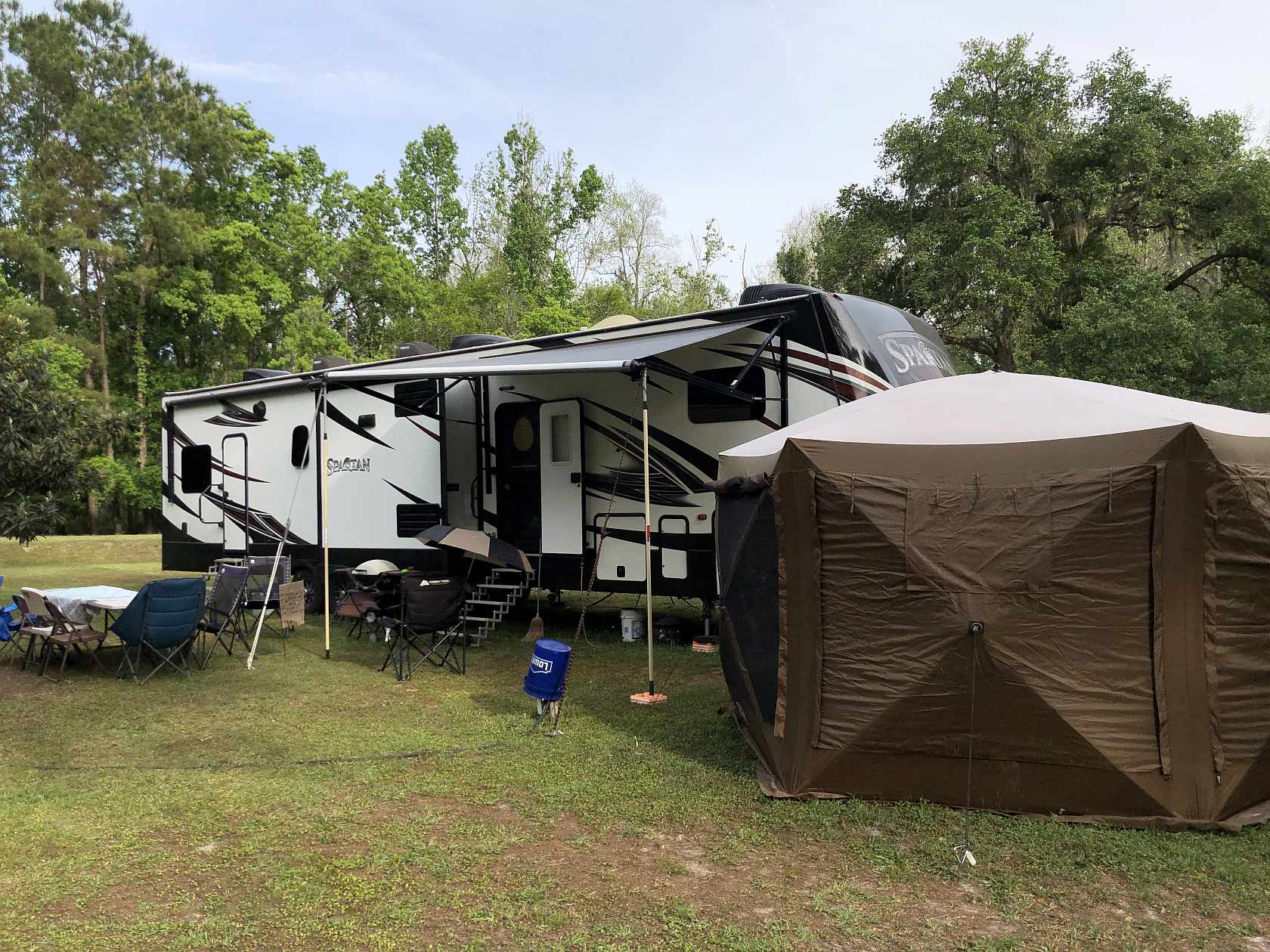
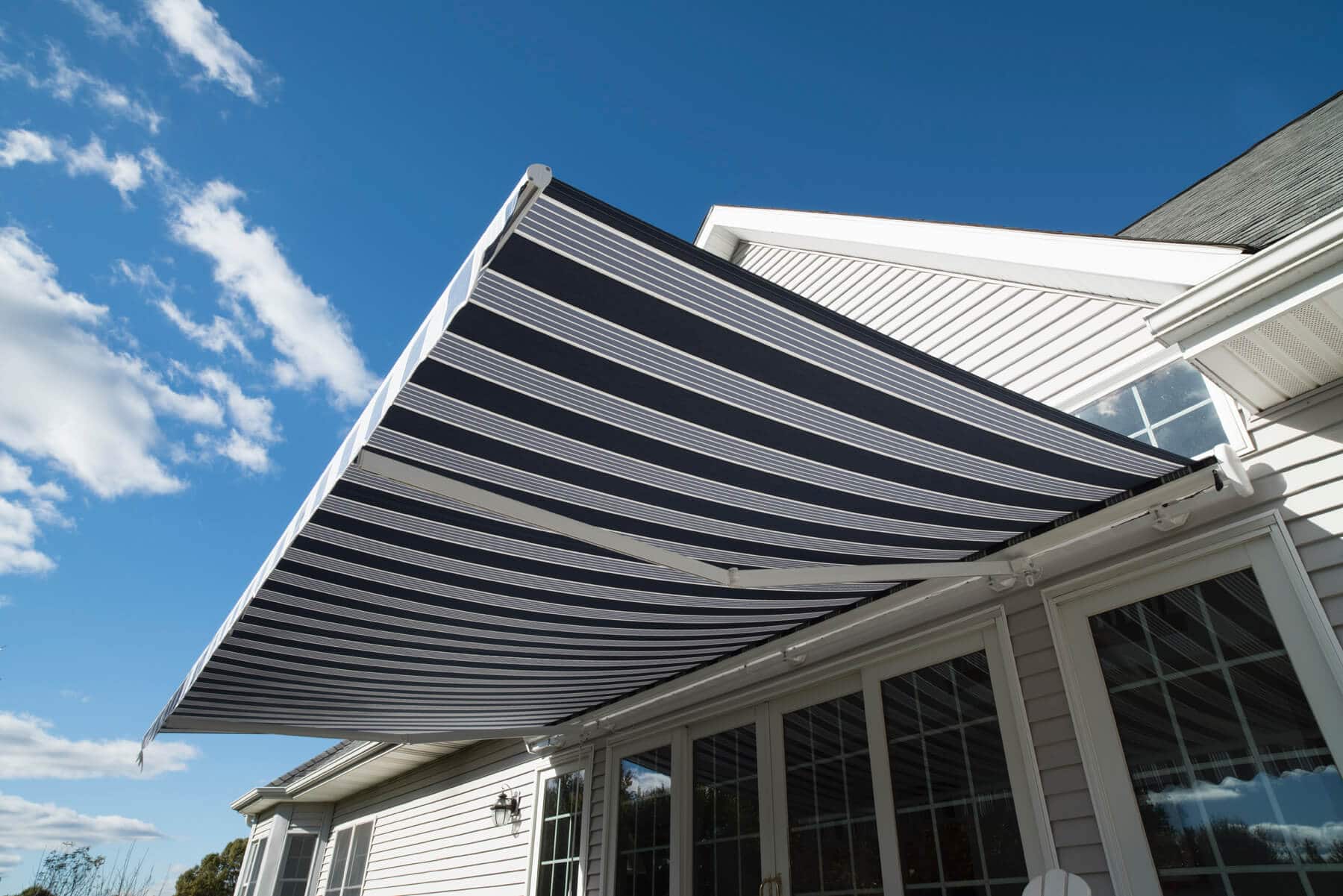
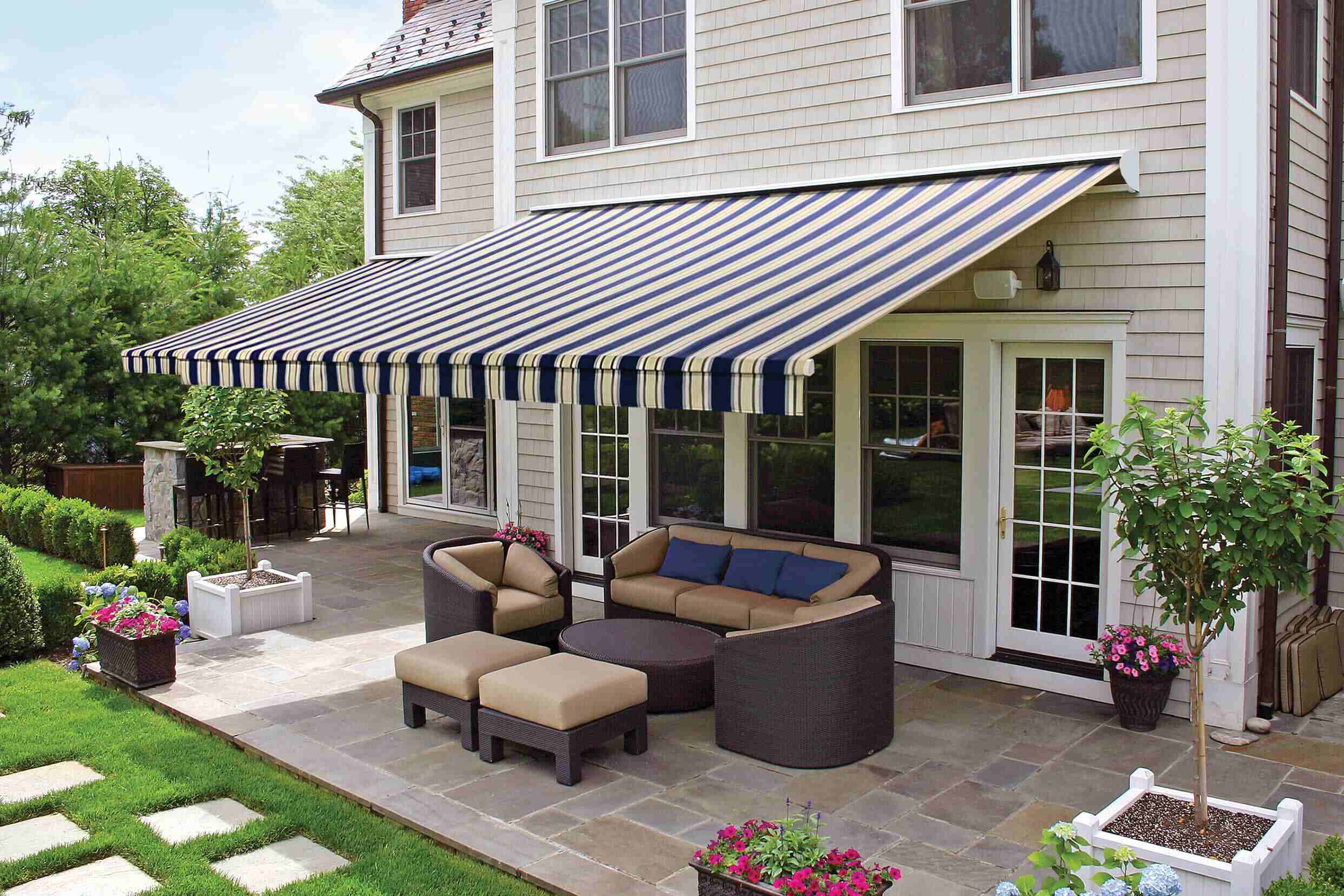
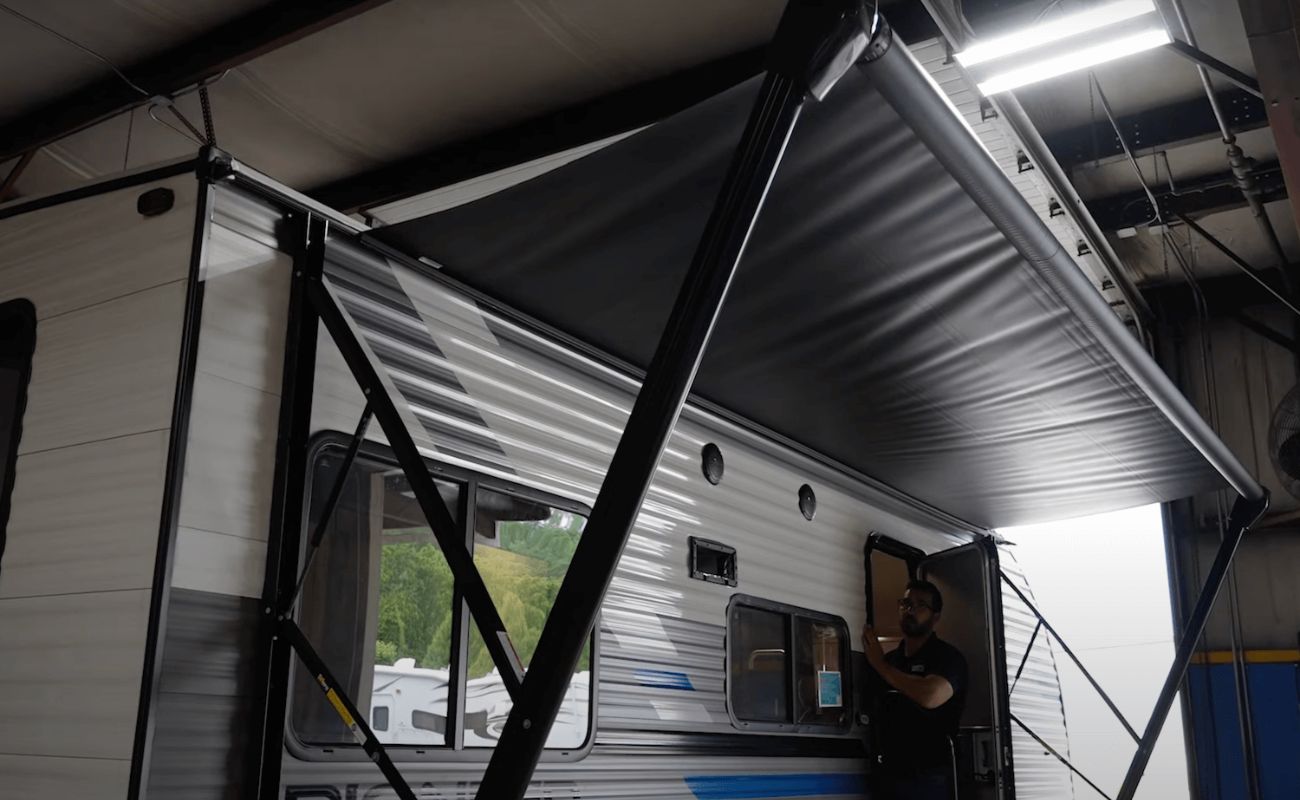
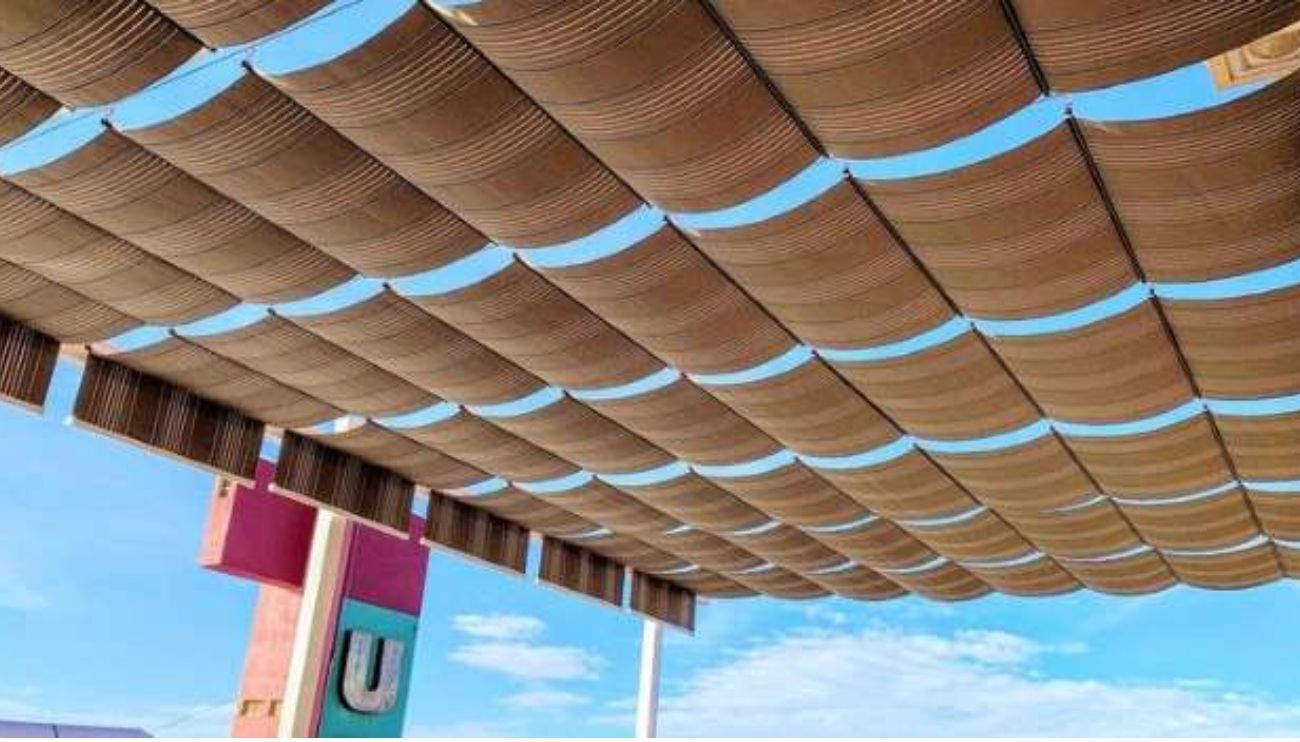
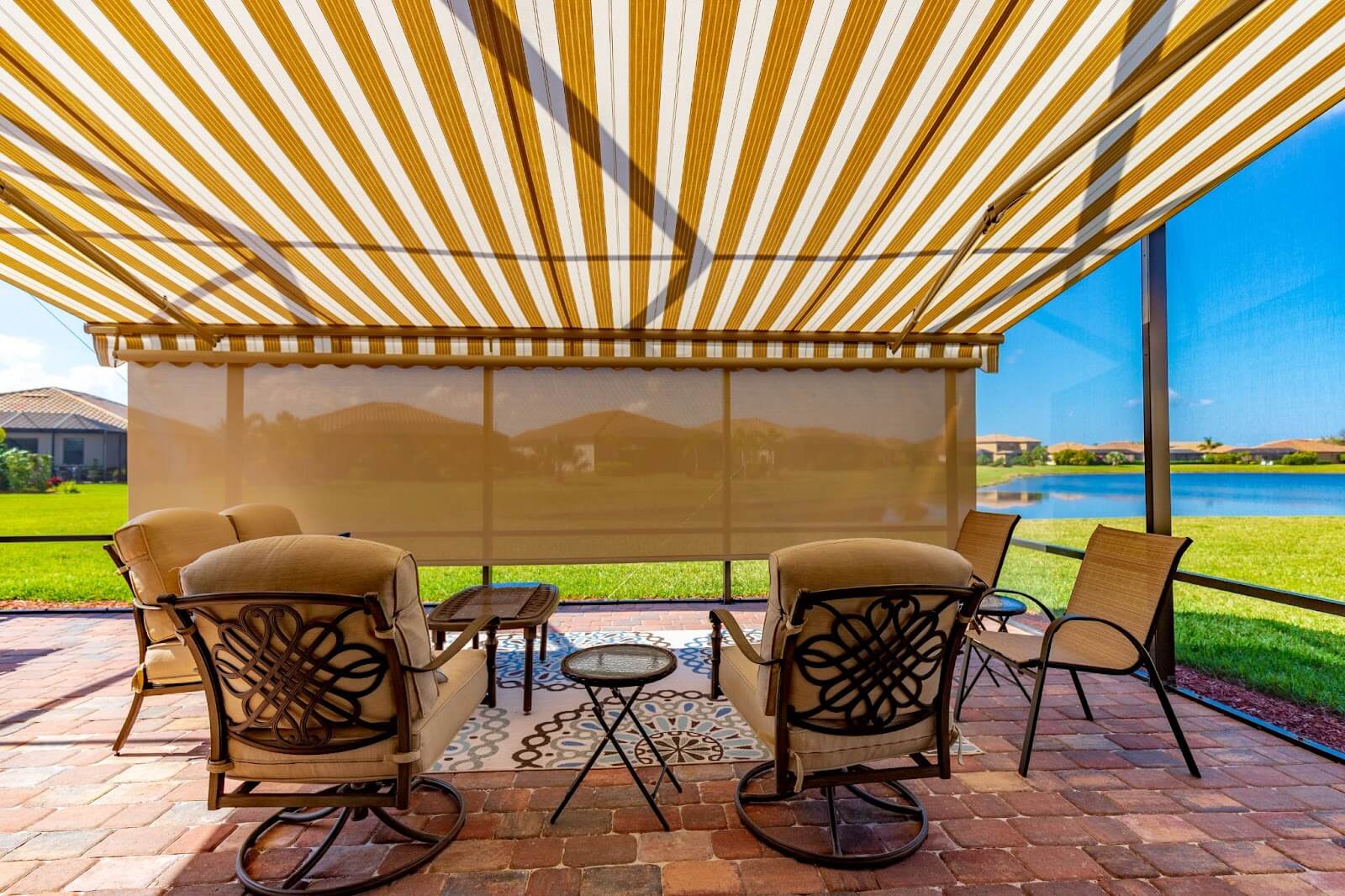
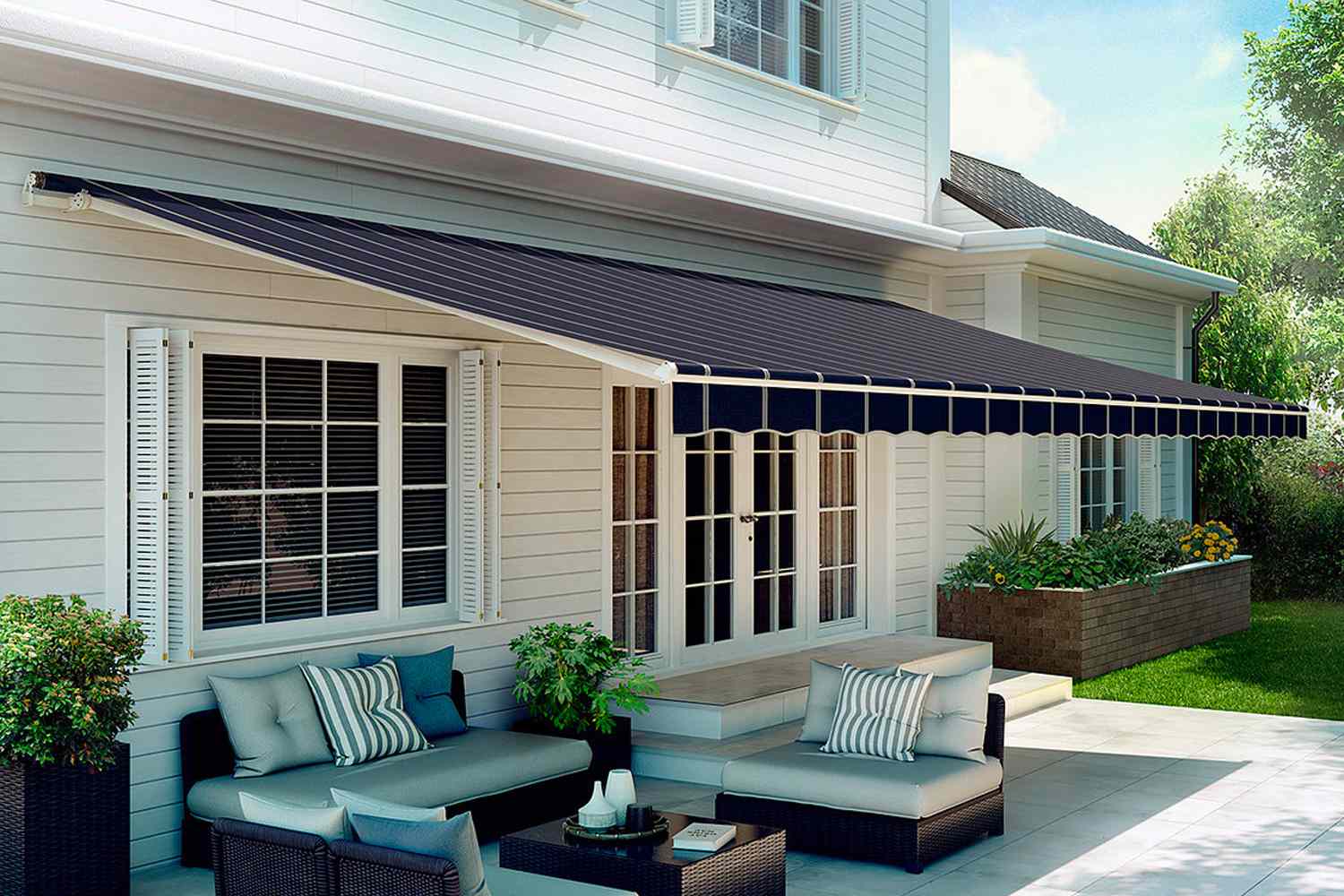
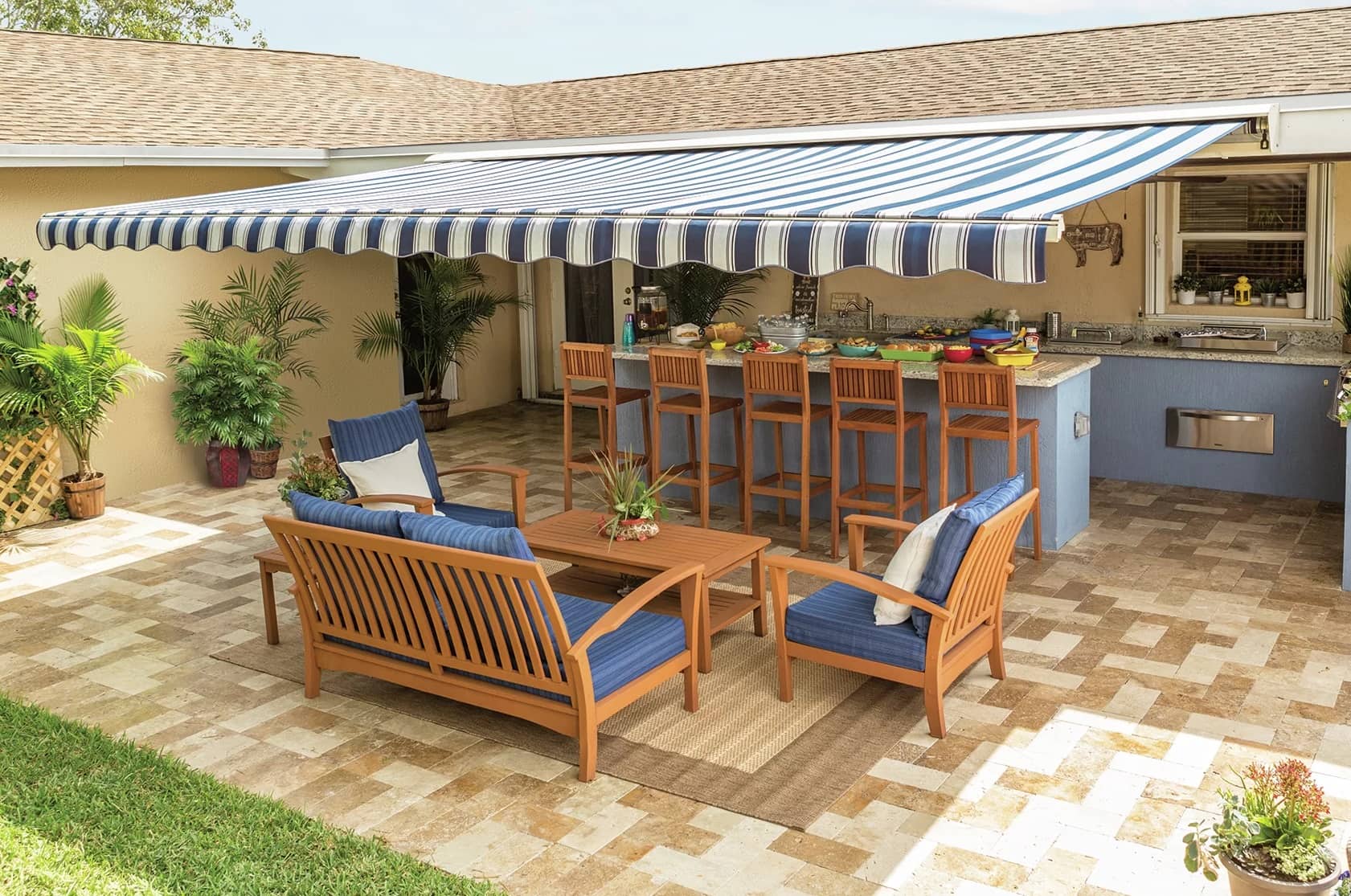
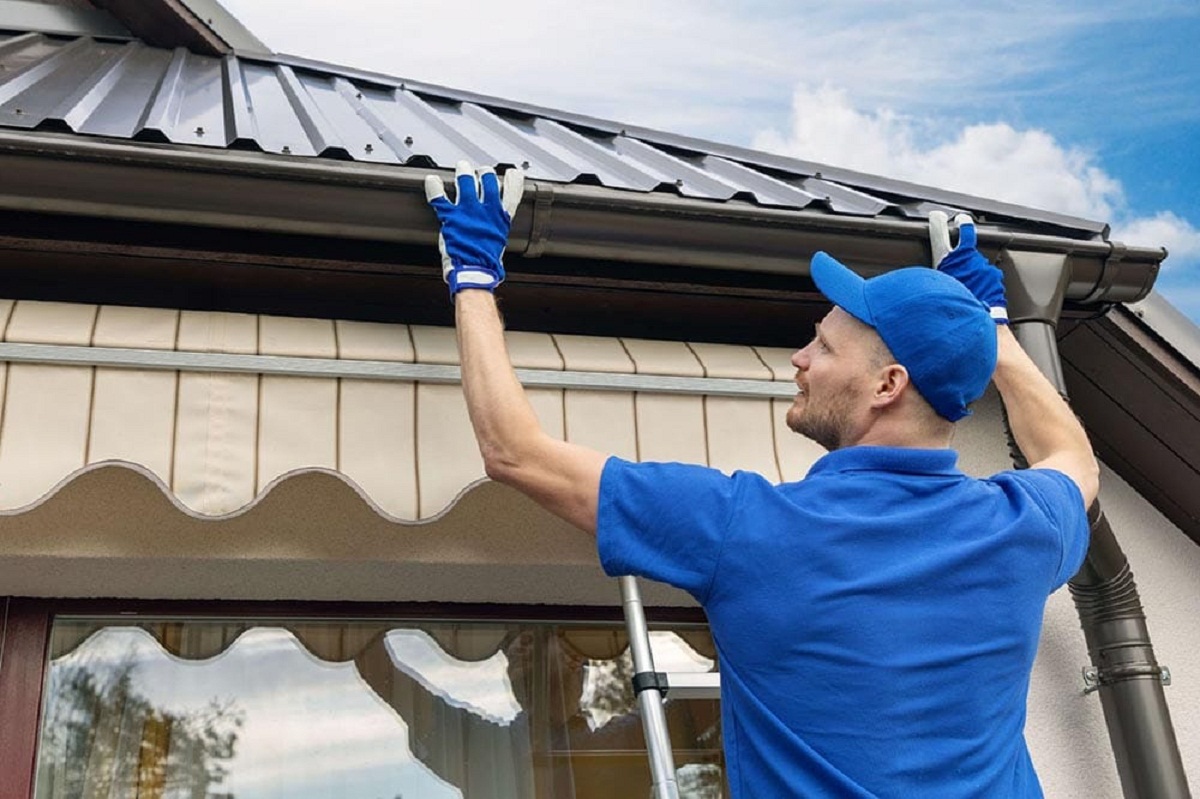
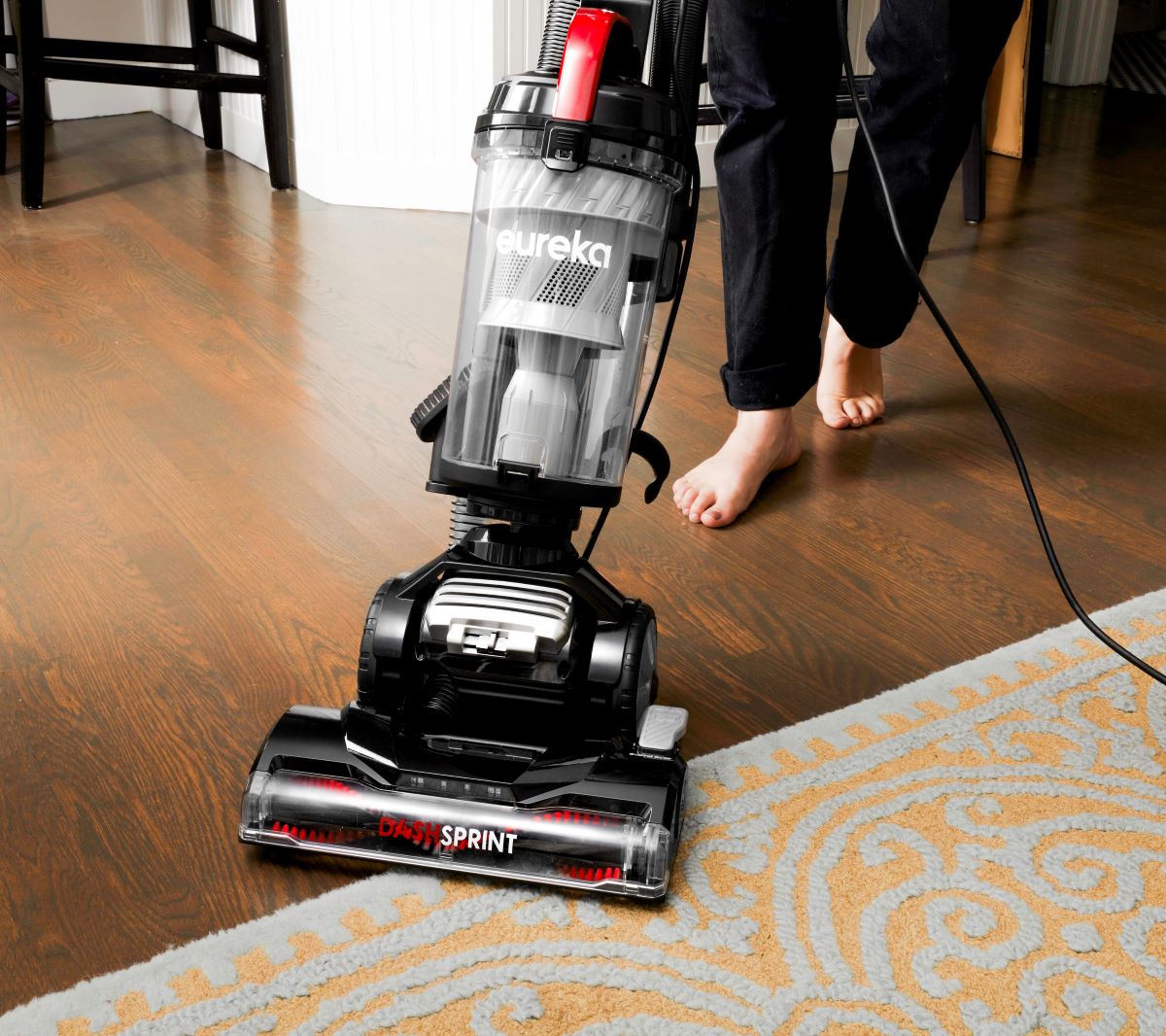
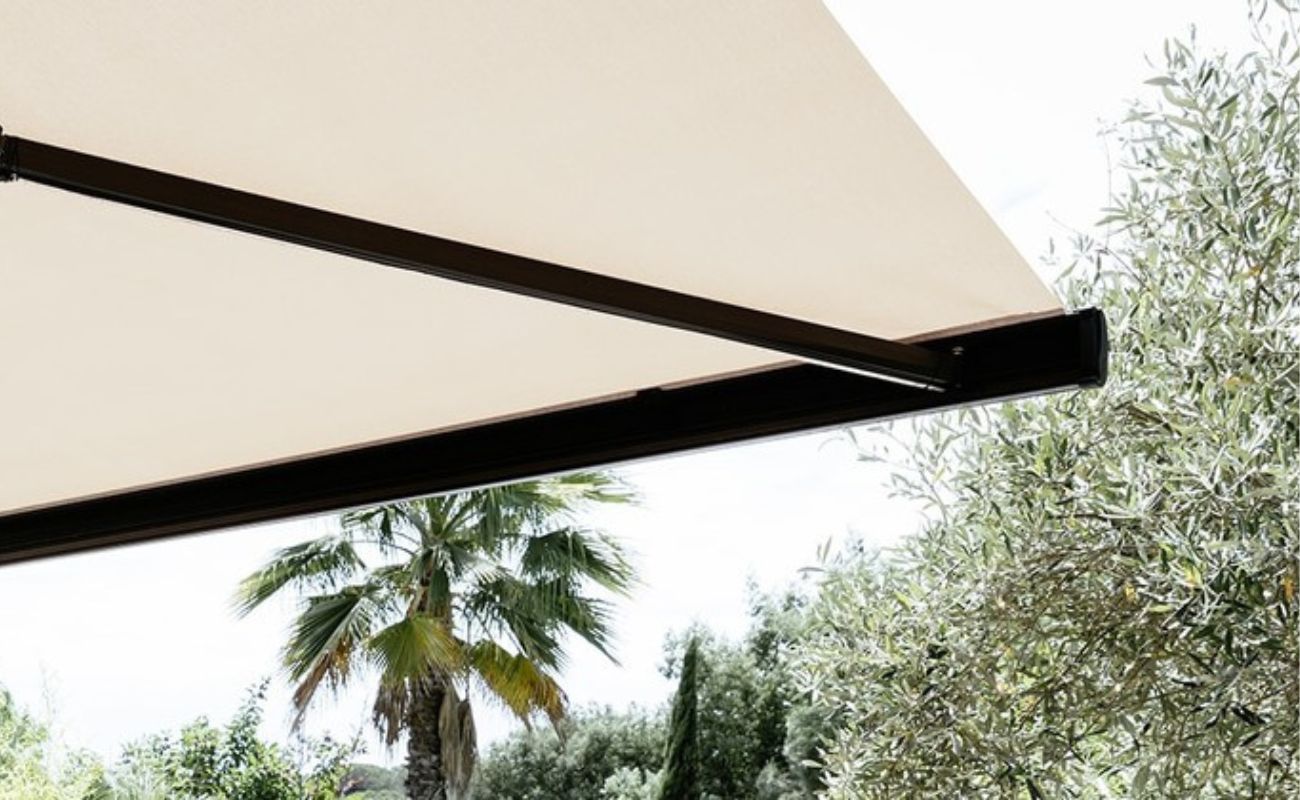
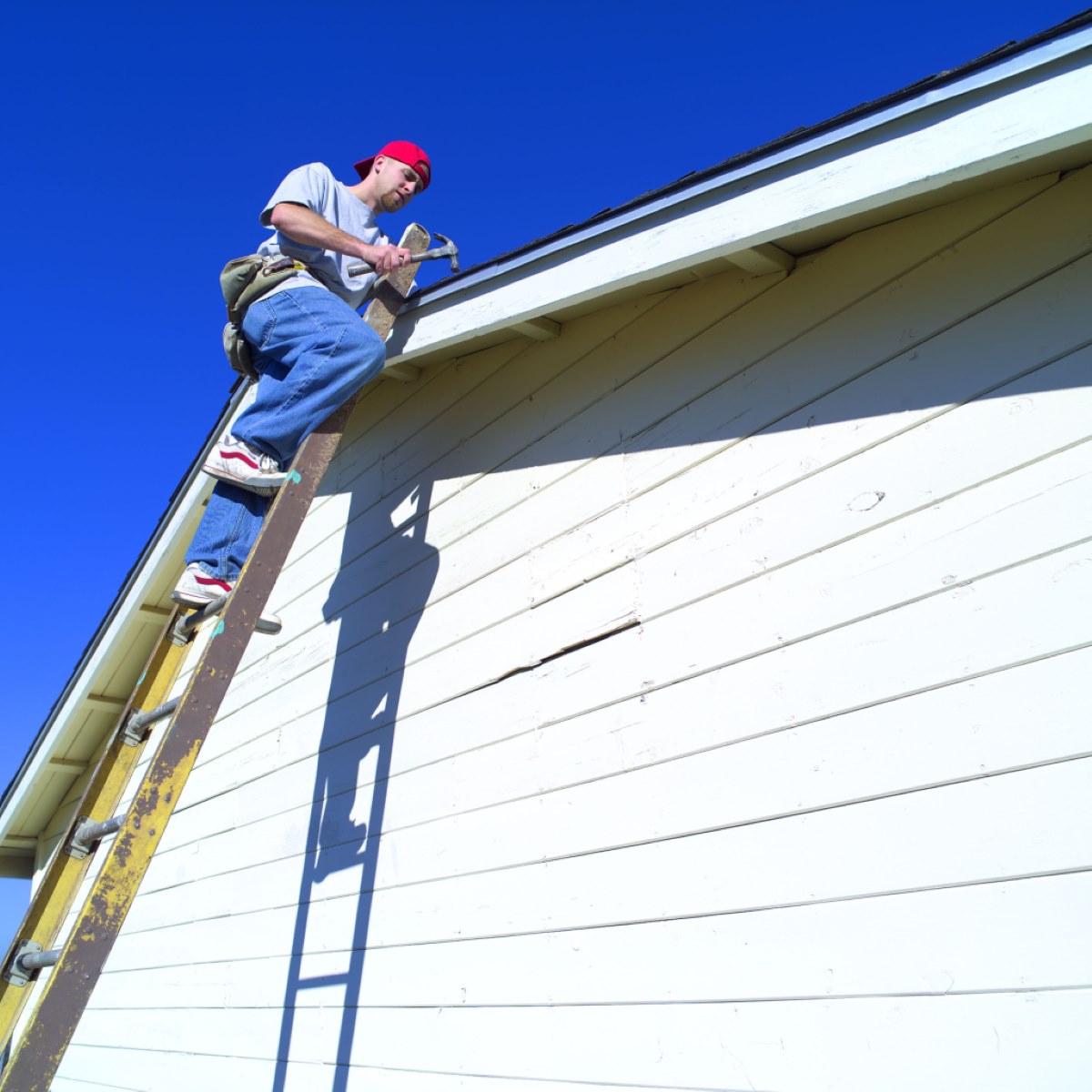



0 thoughts on “How Far Can A Retractable Awning Extend”